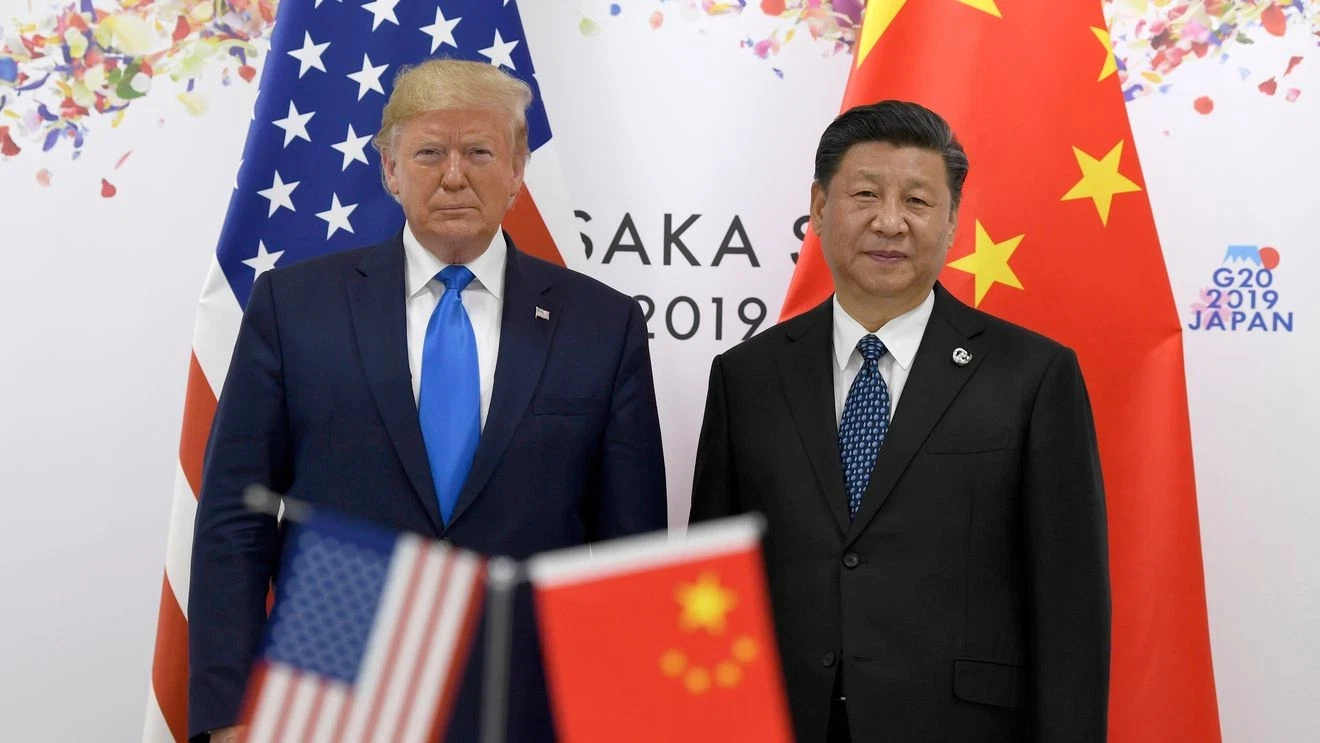A Temporary Agreement in a Tense Global Climate
The United States and China have agreed to extend their ongoing trade truce after two days of talks in London. The meetings, held at Lancaster House, brought together top officials from both countries as they worked to ease tensions over trade barriers, rare earth exports, and high-tech restrictions. While no permanent solution has been announced, the talks ended with both sides agreeing to continue discussions and avoid new tariffs for now.
Rare Earth Minerals Remain a Key Dispute
One of the main sticking points in these talks was the issue of rare earth minerals. These minerals are used in making advanced technology and military equipment. China has a near-total hold on the global supply of some of the most important ones, like samarium, terbium, and gadolinium. In April, China made things worse by placing new limits on exports of seven rare earth elements in response to President Trump’s tariffs on Chinese goods.
This move hurt several US industries, especially defense. Lockheed Martin, which makes fighter jets like the F-35, is one of the top American companies that relies on Chinese samarium. This dependence has sparked national security concerns and forced US officials to rethink the country’s access to key materials. Although the Biden administration had earlier planned for local production, those efforts stalled due to concerns about cost and business risk.
Now, with the latest talks in London, it’s unlikely China will lift these restrictions. Their control of not just the minerals, but also the technical knowledge needed to process them, gives them strong leverage. In response, US officials are looking at other ways to lessen this risk, including reviewing student visa rules and other policies that might pressure China into backing off.
Limits on High-Tech Exports Tighten
Another major issue discussed in London was technology transfer. Over the last few years, the US has been making it harder for China to get certain advanced tools and computer chips. The Biden administration started this policy in 2022 by limiting access to high-end semiconductors. When Trump returned to office, he took those rules even further by banning dozens of Chinese companies from buying American tech in early 2025.
These rules were created to stop China from improving its AI and supercomputing programs, but they have also caused problems for US companies. Firms that once sold high-tech parts to China are now losing money and market access. This shift in US policy—from Biden’s narrow restrictions to Trump’s broader approach—shows that both sides are digging in for the long term.
The US has also been working with allies like Japan, Taiwan, and the Netherlands. These countries play big roles in the global chip supply chain, and without their support, the export controls wouldn’t work. During the London talks, there were signs that the US might ease some rules, but only if China agrees to changes as well. For now, nothing has been confirmed.
Who Was at the Table in London
The trade meetings took place at Lancaster House, a government building in London known for hosting big international talks. The US team included Commerce Secretary Howard Lutnick, Treasury Secretary Scott Bessent, and Trade Representative Jamieson Greer. On the Chinese side, Vice Premier He Lifeng led the talks, joined by Commerce Minister Wang Wentao and trade negotiator Li Chenggang.
The meetings followed a phone call between President Trump and China’s President Xi Jinping. Both leaders said the call went well, although President Trump later admitted that dealing with China is always a challenge. With the earlier 90-day tariff freeze set to end soon, these talks were seen as very important. China’s exports to the US dropped sharply in May, falling by more than 34 percent, which added pressure on both sides to make progress.
What Happens Next
Although there was no final deal after the London meetings, both sides agreed to keep talking and avoid adding new tariffs for now. This gives businesses and global markets a short break from the uncertainty, but the bigger problems remain. Until the issues of rare earth supply and tech exports are settled, future talks are likely.
Leaders from both countries have made it clear that they want results, but also that they’re not willing to give up too much. That means the trade truce, for now, is more of a pause than a peace. But for American companies, Chinese firms, and the global economy, even a pause is better than another round of trade war.

